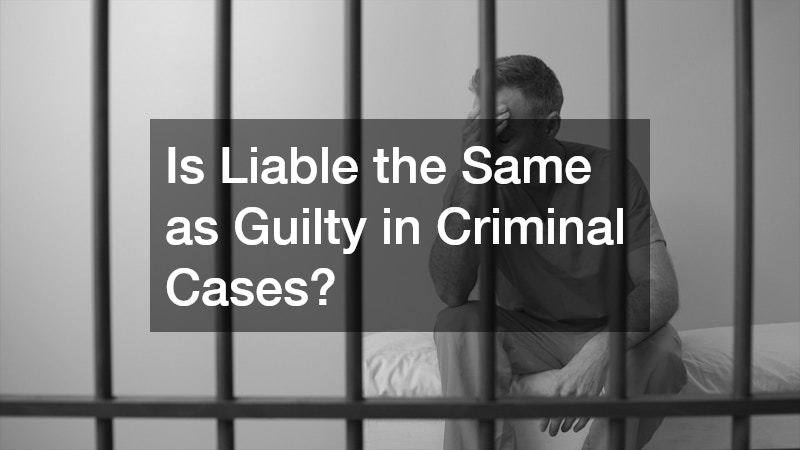Small businesses are tough to sustain and even more brutal to manage. As a result, many experts believe that small businesses are destined to fail, considering that more than half of them don’t make it through their first five years.
If you’re struggling to keep your small business afloat, you may be considering filing for bankruptcy. Although it’s not an ideal situation, bankruptcy has some advantages that you may not have considered.
It Can Save Your Business
It is ironic, but filing for bankruptcy can save your business. When you file for bankruptcy, an “automatic stay” is placed on all collection attempts against your business, including lawsuits, foreclosures, and wage garnishments. It gives you the time to reorganize your finances and get back on your feet.
Essentially, you’re giving your business more time to reassess itself and get the necessary resources to survive. Take the big company Payless for example.
Payless filed for bankruptcy in April 2017 and 2019. It was then able to restructure its debt, close down some of its stores, and emerge as a stronger company. In 2020, it reopened its doors as a new and improved business.
If you’re struggling to make ends meet, filing for bankruptcy may be the best way to save your business.

You Can Discharge Your Debts
Another advantage of bankruptcy is that it can help you get rid of some, if not all, of your business debts. When you file for bankruptcy, a court will discharge (wipe out) your debts considered “unsecured.” This includes credit card debt, medical bills, personal loans, and business loans from family and friends.
If you have a lot of unsecured debt, filing for bankruptcy may be the best way to get rid of it and start fresh. However, don’t think it’ll be easy to start fresh after a bankruptcy.
You can start rebuilding your credit score almost immediately after a bankruptcy. However, it will take some time before you can get a loan from a bank or another lender.
Some lenders may be willing to work with you after two or three years since your bankruptcy was discharged. However, it’s important to remember that each lender is different, with some lenders requiring their clients ten years to rebuild their credit scores before taking a loan again. Of course, this depends entirely on the amount of loan left unpaid.
You Can Protect Your Assets
If you want to jump ship and leave your business behind, filing for bankruptcy can help you do that. When you file for bankruptcy, your assets are protected from creditors. It includes your home, your car, and your retirement savings.
Creditors may try to go after your assets if you have a sole proprietorship or partnership. However, your assets are typically safe from creditors if you have an LLC or corporation.
It’s one of the main reasons why people choose to form an LLC or corporation in the first place. It limits their liability and protects their assets in case the business goes under.
With these things in mind, you might be considering filing for bankruptcy after years of trying to salvage a failing business. The steps for bankruptcy are relatively simple. The first step is getting the legal documents in order.
Getting Legal Documents
When filing for bankruptcy, you will need a few key legal documents. The first is the bankruptcy petition, which is a document that officially starts the bankruptcy process.
This document includes your name, address, Social Security number, and other important information about your business. You’ll also need to list your creditors and the amount of money you owe them.
Hearing
Once you’ve filed the petition, you’ll need to attend a hearing before a bankruptcy judge. A process server agency will send you a list of your impending claims and a court date. You must attend this hearing, as the judge will decide whether or not to approve your bankruptcy.
You’ll need to present your case at the hearing and convince the judge that you deserve to have your debts wiped out. You’ll also need to prove that you’ve made an effort to repay your debts.
You’ll be given a discharge order if the judge approves your bankruptcy. This document officially wipes out your debts and gives you a fresh start.
Life After Bankruptcy
While bankruptcy can be difficult, it’s important to remember that it’s not the end of the world. Many people have used bankruptcy to start fresh and rebuild their businesses. So consider it an option if you’re struggling to keep your business afloat. It could be the best decision you ever make.










